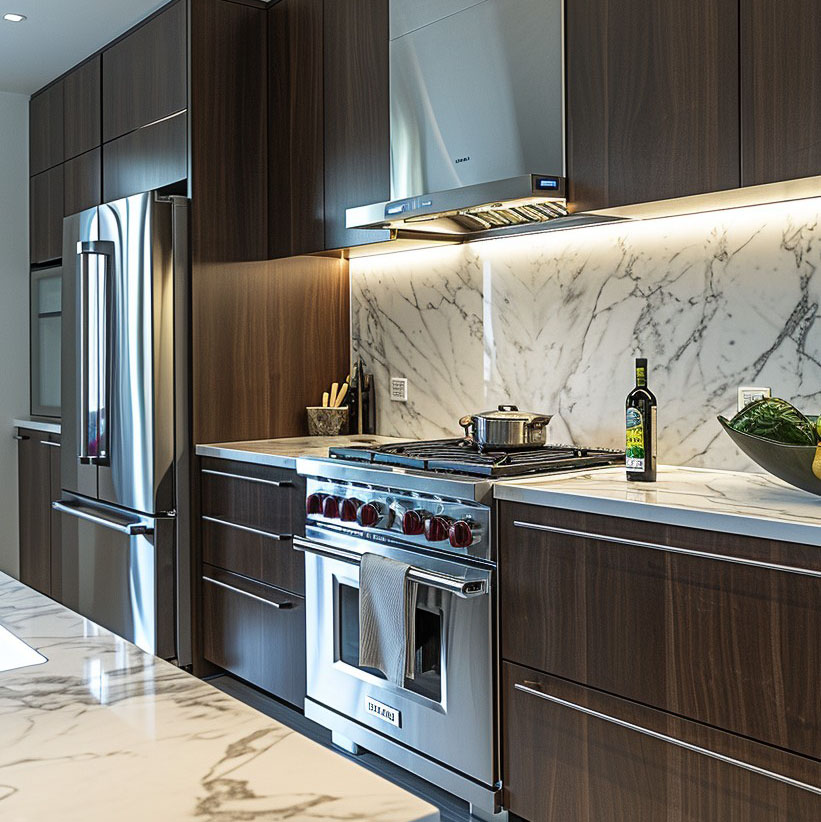Your planning guide
Balancing Vision and Practicality
Renovating entails balancing what you want versus what you need and the flexibility of your budget. Whether you’re after a new functional kitchen or a sleek new bathroom it’s important to ensure that your final space is practical and easy to use for the entire household.

STEP 1
DEFINE YOUR GOALS AND SET YOUR PRIORITIES
Renovations should go beyond repairs to enhance function, comfort, and convenience. Start by setting clear goals based on how you use the space daily and what improvements matter most.
Space Layout
Consider how the space will be used, what furniture it needs to accommodate, and whether noise will affect other areas.
Lighting
Assess natural light from windows and determine if additional lighting is needed to match your desired ambiance.
Traffic Flow
Think about how people move through the space and whether it connects to high-traffic areas like the kitchen or bathroom.
STEP 2
YOUR WISH LIST
This is the fun stage—exploring design ideas and products with help from experts. Browse online, magazines, and home shows to find inspiration and the right look for your space.
Create a worksheet with three categories:
- Look: Overall design and layout
- Features: Design details and extras
- Products: Materials you love, like cabinetry or flooring
Mark each item by priority:
- Need: Must-haves
- Want: Nice-to-haves if budget allows
STEP 3
SETTING A BUDGET
With your vision in place, it’s time to crunch the numbers. Whether big or small, account for all costs to stay on budget. Larger projects may require trades like plumbing, electrical, or code compliance—plan for those.
Research both loose costs (rough estimates) and budgeted costs (detailed breakdowns). Once your budget is set, add 10–15% for unexpected expenses or overlooked items.
